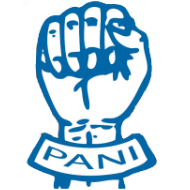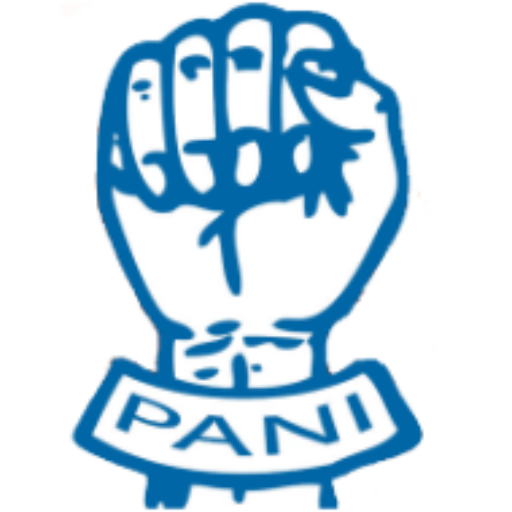Success Stories
From Traditional Agriculture to Prosperity: The Inspiring Journey of Rajkumari
In 2016, Rajkumari made a bold decision to abandon traditional agriculture and venture into multilayer farming for vegetable production on her one-acre land. She began with commercially viable crops, such as onions and bottle gourds, and sold the produce herself in the local retail market. Her net profit for the first year was an impressive Rs. 85,000.
As the years went by, Rajkumari’s profit margin from vegetable cultivation increased substantially, and she became more prosperous. Her confidence level grew, and in 2018, she decided to add banana cultivation to her repertoire. She leased another acre of land and earned approximately Rs. 200,000 in net profit during the year.
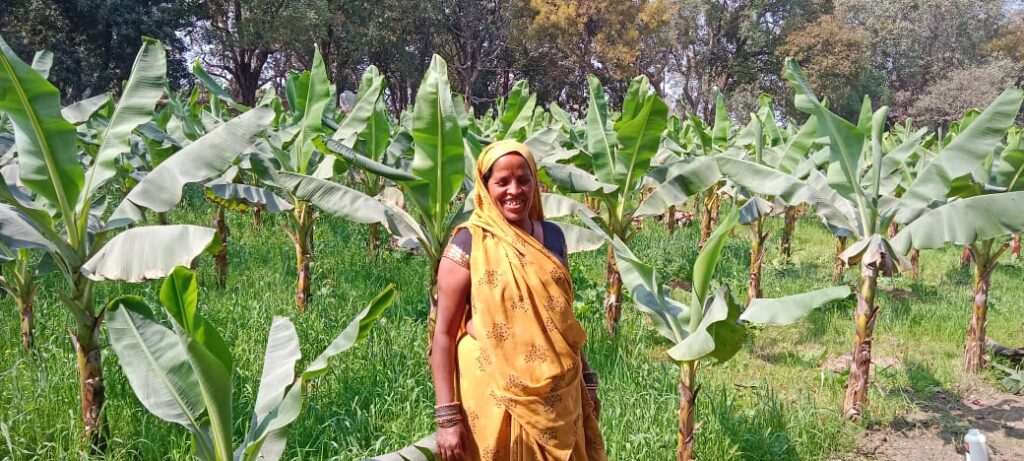
In 2021, Rajkumari attended a microenterprise development training program and diversified her agricultural and allied activities by starting her own poultry farm.
Today, Rajkumari is one of the most prosperous farmers in the area, owning a modern house with all amenities and providing a high level of education to her children. Her prosperity over the last ten years is a result of her consistent effort, hard work, persistence, and focused planning. She has become a role model for her local community of farmers, proving that with dedication, devotion, and determination towards your goals, nothing is impossible.
The Rise of Mushroom Cultivation: A Promising Income Source for Rural Women and Farmers
The popularity of mushrooms is on the rise due to their nutritional benefits such as being rich in minerals, vitamins, low in fat and sugar, and a good source of protein containing essential amino acids. Certain varieties of mushrooms are also known for their medicinal properties and their ability to inhibit the growth of cancerous tumours. Mushroom cultivation can be an effective use of leisure time and a labour-intensive enterprise that can become a lucrative business for rural youth, self-help groups, farm women, and farmers seeking additional income sources.
Mushroom cultivation is eco-friendly and can utilize agricultural waste to produce fruiting bodies with excellent nutritional and medicinal properties. In pursuit of empowering rural women financially and improving their quality of life, the PAID – ERW program team organized four training programs on mushroom cultivation. These programs not only provided necessary training but also marketing facilities to encourage non-farm activities.
The training programs were held in each block of the project area and were attended by a total of 110 women who initiated oyster mushroom cultivation on a micro-level with a buy-back arrangement for their production. The impact of the training programs was immense on the mindset of the participants and other women, and it showed the potential for mushroom cultivation to provide a promising and viable activity for those seeking additional income sources.
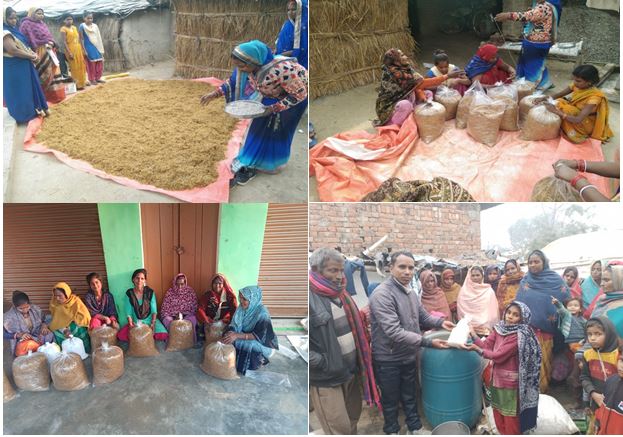
Zahrunnisa- a Role Model for Women Entrepreneurs
With only 0.25 acres of agricultural land and no consistent source of income for her family, Zahrunnisa adopted goat rearing as a means of enhancing her income. She became one of the most active members of the Nari sangh, a local women’s group, and shared her success story with them.
Zahrunnisa contacted the Women Farmer Resource Centre (WFRC) based in Gaddopur to seek guidance and knowledge input. With the help of the project team, she started goat rearing with only two goats and a small investment of 6000 rupees. She attended the micro-enterprise development (MED) training program on goat rearing organized by the project team, which had a remarkable effect on her business.
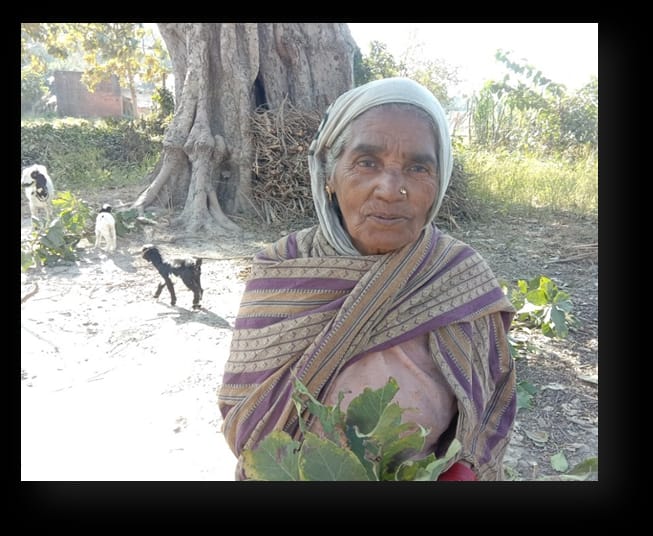
Income Enhancement by Setting-up Vermicompost Unit
There is an ongoing attempt to promote biofertilizers in Indian agriculture through public intervention. In keeping with the spirit of the times, the policy motivates the private sector and profit motive to propel the new technology. The Government of India and the various State Governments have been promoting the nascent biofertilizer market both at the level of the user-farmer and the producer-investor through the following measures: (i) farm level extension and promotion programs, (ii) financial assistance to investors in setting up units, (iii) subsidies on sales and (iv) direct production in the public sector and cooperative organizations and in universities and research institutions.
This is the story about Mrs. Istomani, who started her vermicompost unit with the help of PANI and HDFC Bank Parivartan program, and this helped her improve her income significantly.
Earlier Situation
Istomani w/o Premchand belongs to an impoverished family. She had two sons, but the elder son passed away due to Covid-19. She has a very low land holding of 08 biswas, so the income is insufficient to fulfill her family’s basic needs. Her primary source of income was vegetable farming, but Covid-19 affected her vegetable farming very severely as they didn’t have enough money to purchase seeds and fertilizers from the market. They tried to explore other options for earning but failed to find work anywhere. Istomani was interested in producing bio-fertilizer in her field, but she had neither accurate information nor money to start the unit. She even asked her relatives and neighbors for support, but no one came forward
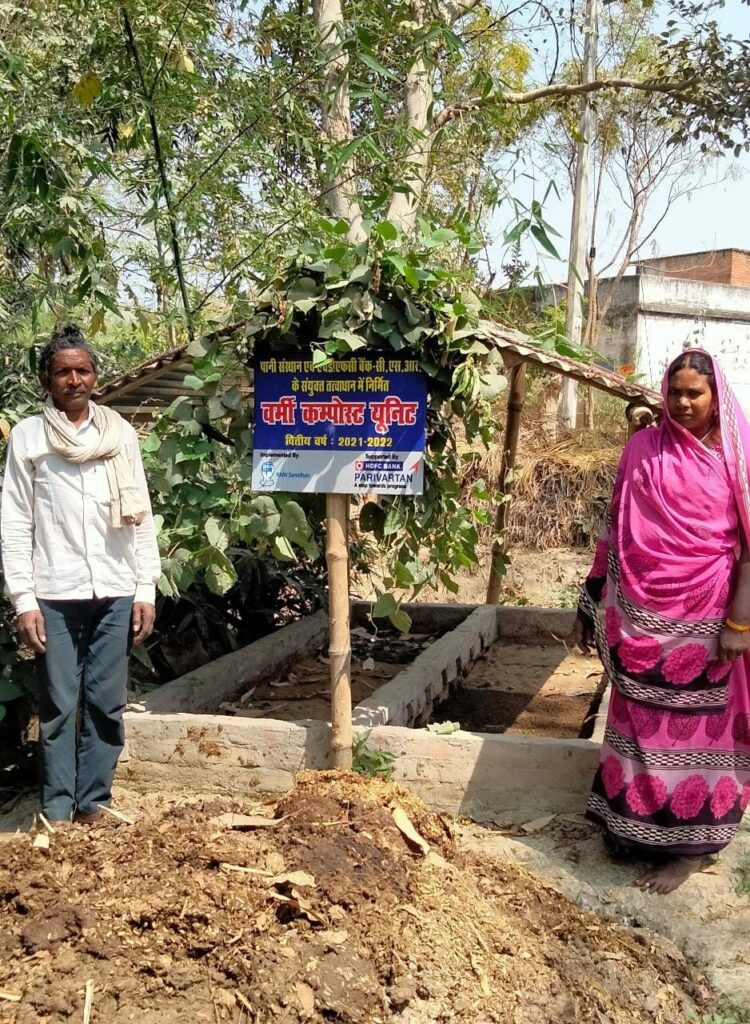
Intervention
Holistic Rural Development Program was implemented in 10 selected villages of Prayagraj cluster by PANI with the support of HDFC Bank Parivartan in which line listing of poorest families took place, and Women’s Self-Help Groups were formed. Istomani was also linked with the group. Under the implementation of the Micro-Enterprise Development program, the discussion was done during the meeting of WSHGs to start the vermicompost unit for the production of bio-fertilizers to generate income. Istomani felt interested in beginning the poultry unit, and her name was recommended by the members of the Village Development Committee. Members of VDC then discussed the selection of her name and recommended it to Revolving Fund Committee for final recommendation.
After getting the final recommendation from RF Committee, the support was provided to Istomani for starting the vermicompost unit. She started the vermicompost unit in her field after getting orientation from the project team. Her family members also supported her in starting the unit. She poured dung of 15-20 days in both compartments and poured vermin (earthworms) of Eisenia foetida category after 05 days. The project team also made regular follow-ups to support and guide her for the smooth operation of the unit.
Need for the intervention
Any intervention starts from the paperwork. It is essential to initiate any program under the guidance of the concerned development committee. First of all, a demand letter was issued from the community and village development committee.
Execution of solution
A work plan was formed following which all of the major interventions were to be made. The preparation of estimated costs for different provisions was listed, and a budget was created.
Talking about the current capacity of the compost unit, 5 to 6 quintals of fertilizer can be produced from a size 10×6 vermin pit. The Vermicompost has led to an increase in the fertility of the soil. There has been a substantial increase in the production of vegetables after the application of Vermicompost in the fields. From different field experiments, it has been observed that continuous use of organic fertilizer for a minimum period of 3 to 4 years in agricultural land leads to a higher yield of vegetables.
Result
Now, all family members are actively engaged in the operation of the vermicompost unit and produce bio-fertilizers at an interval of 40-45 days and use it for better production of vegetables in her field. Istomani will also sell it in the local market and will get the benefit of Rs.3,000 approx. by selling 250 kg bio-fertilizers for the first time. They are pleased and thankful to PANI and HDFC bank Parivartan program for providing her with much needed support.
Future Plan
Istomani says that she is planning to produce bio-fertilizers from vermicompost on a bigger scale and supply them to the wholesaler to get more income.
The way forward
Currently, the quantity of vegetables produced is not enough to be sold in the market. Farmers mainly use vegetables for their own consumption. Sometimes they sell the additional vegetables in the local market at the same market value. After a period of 3 to 4 years of using organic fertilizer on land and after taking certification from the Government Agriculture department, it will be possible to link the market for better prices of vegetables, which will further boost the demand for vermicompost.
Impact
Economic impact
In the case of Vermicompost, it is observed that the cost of production, net profit, and the benefit-cost ratio are reasonable, profitable, and high return enterprise for the producer. This technology is not only helping to improve the economic status of the family but also improves the soil quality of the field and produces safe, healthy, and quality food. If this is taken at a commercial scale, it is sure to generate high income. It also helps to minimize the use of chemical fertilizers and pesticides, thereby cutting down the cost of production.
Social impact
There is no doubt that bio-fertilizers are the potential tools for sustainable agriculture not only in India but also globally. The use of bio-fertilizer in preference to chemical fertilizer is always welcome, taking into consideration the sustainability of agriculture and its eco-benefits. A large number of women are getting engaged in Vermicompost units in rural parts of our country. This helps them to become financially independent and raise their income levels. Overall, it is creating a positive impact on the lives of rural communities and changing their lifestyle significantly.
Installation of Solar Based (5HP) Group Irrigation (GI) Units in Gorakhpur
Situation
HRDP project in Gorakhpur district is focused on small and marginal farmers living in the villages. Due to small land holdings, most of these farmers engage in subsistence farming. The majority of households depend on meagre and irregular income from working as daily wage laborers in the neighboring towns and cities. The crops grown by these farmers are paddy, wheat, and to a lesser extent, groundnut. Having limited resources, they are dependent on rains or third-party sources of water for irrigation.
During the project intervention, HRDP project team observed that small and marginal farmers face challenges for arranging water for irrigation. As a result, they are forced to pay huge amounts as rent to owners of bore-wells/pumps on an hourly basis to get water in their fields; else they must depend on rains. Though the availability of ground water in HRDP intervention villages is not a challenge as it is available at a depth of between 50 and 100 feet; however, due to lack of financial resources small and marginal farmers are not able to dig their own bore-wells, install pumps, and therefore, face water crisis during every cropping season.

Intervention
PANI established five units of solar-based (5HP) Group Irrigation (GI) units in five villages of Gorakhpur cluster with support from HDFC Bank’s CSR initiative, Parivartan, to ensure accessibility of irrigation water to small and marginal farmers. Small and marginal farmers formed groups for joint decision making, and for operating and maintaining the irrigation units. The intervention is also promoting diversification to less water-intensive crops, and vegetables. Landholding of the farmers who have formed groups for this purpose in the intervention villages is between 0.2 and 1.5 acres.
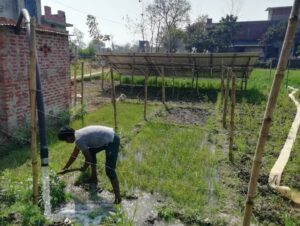 Result
Result
After the installation of solar-based GI units, small farmers from project villages have started accessing irrigation facility for cultivation of their crops (paddy, wheat and now vegetables also). More than 120 small and marginal farmers are benefitting from this intervention. This intervention is helping the farmers to save expenses of irrigation and it will help them to improve the household income and improve in production of crops. Many of them have also diversified into growing vegetables, which they are able to sell at decent price and generate extra income.
Farmers from the poorest families are happy and thankful to HDFC Parivartan and PANI for helping them with cost saving and making them self-reliant for irrigation water. This would not have been possible without HDFC Parivartan as the cost of one unit of bore-well and pump is Rs. 3.5 lakhs approximately, of which Rs.3.30 lakhs is contributed by HDFC Parivartan. Additionally, this intervention is also helping clean the environment by reducing pollution due to lesser use of diesel to run the pumps.
Positive impact on farmers’ income and environment: A snapshot
Before the HRDP intervention, average income of farmers was Rs. 6,000 to 7,500 in a month. However, this income was irregular and seasonal. Also, they did not make any income from the farming activity and it was done only for subsistence. In this manner their annual income was hardly Rs.70,000. Absence of other options to earn additional income forced people to migrate to nearby towns and cities. Approximately 40% of households had one or more member migrating for work, either seasonally or permanently.
Invariably, all small and marginal farmers what dependent on lot bigger farmers for irrigation water. They would purchase water on an hourly basis from the board well owned by the larger farmers. This not only added to the cost of cultivation but also made them dependent on the bigger farmers, because the owner of these borewells could choose the time and day when water would be given to the small farmer. The hourly rent for getting irrigation water from these bumps ranged from rupees 150 two 200. In one season the additional cost only for irrigation water amounted to approximately Rs.4,000.
Such an arrangement not only adversely impact income of the small farmers but also lead to deterioration of environment due to pollution cost by the diesel pumps that were run to draw water for irrigations. Diesel pump consumes approximately 1 liter of diesel for every hour of operation, and to irrigate one bigha of land the pump has to be operated for an hour.
After the HRDP intervention, two very visible impact in the project area are on the reduced cost of production for small and marginal farmers and the positive impact on the environment in these locations.
As the cost of operation of the solar paste group irrigation system is negligible therefore each beneficiary farmer is saving more than Rs. 4,000 every season only from the savings of rental payment. Most of them are also earning from the additional income they are able to make from growing vegetables on a part of their land. Even if we consider that they grow only two crops every year then their savings ae approximately Rs.8000 pe annum. This is more than 10% of their earlier annual income.
Similarly, the carbon emission has dramatically reduced in these locations. Earlier, thousands of liters of diesel were consumed only for irrigation purpose for providing what are two small and marginal farmers every season. With the introduction of solar based pumps just in the initial. More than 2000 liters of diesel is saved in a season as the farmer groups grow in size and similar pumps uninstalled in other locations this is going to multiply in terms of the benefit to the environment.
